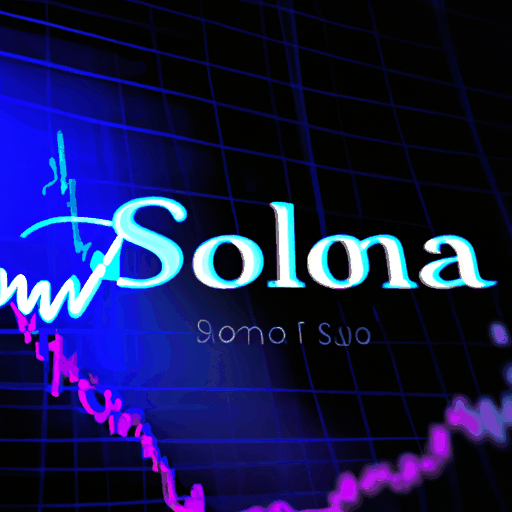
Leveraging Synthetic Dollars in Crypto: Ethena's USDe Strategy Explained
By: Eliza Bennet
Ethena's USDe synthetic dollar is rapidly gaining traction in the cryptocurrency market as a formidable alternative to traditional fiat-backed stablecoins like USDC and USDT. From July to early August, USDe's market cap surged from approximately $5.33 billion to over $9.3 billion, highlighting significant investor interest and an increase in minting activities. This growth has positioned USDe as the third-largest stablecoin, following USDT and USDC.
The operation of USDe is based on a delta-neutral, crypto-native strategy. This involves taking long positions on digital assets such as Bitcoin and Ethereum, while simultaneously holding short positions in perpetual markets. Ethena's approach aims to deliver attractive returns by bypassing traditional banking intermediaries. Despite the potential for high returns, the strategy's sustainability is a subject of debate, given the fluctuating market conditions.
Guy Young, Ethena's founder, emphasizes the goal of offering a distinct risk profile compared to fiat-backed stablecoins. While USDe's rapid growth has challenged traditional stablecoin rankings, surpassing coins like DAI (rebranded as USDS), it is also sensitive to market dynamics such as funding risk. The ascent of USDe suggests that non-fiat-backed stablecoins can attain significant scale, yet the model's inherent risks must be considered carefully.
Evidently, Ethena's model and the stability of synthetic dollars reflect an evolving landscape in the crypto finance realm, where innovation meets market volatility. This development marks an interesting turning point in stablecoin dynamics, demonstrating both the potential of new financial structures and the complexities they entail in the digital currency ecosystem.



